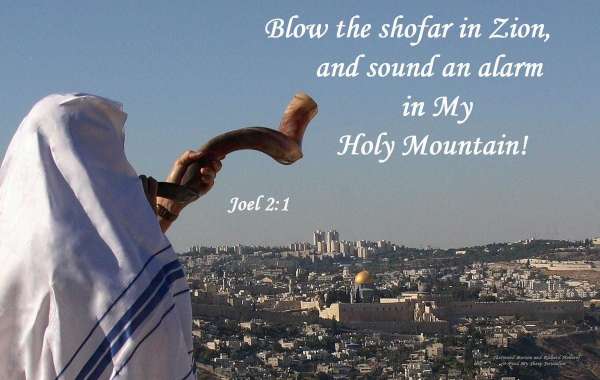Who benefits from learning hardware programming languages?
While there are many benefits to learning hardware programming languages, learning them is not easy. The best way to learn is hands-on. Hardware programming languages can be used for everything from embedded systems to mobile devices. They can also be used in other fields, such as robotics and artificial intelligence development.
A hardware programming language is a computer programming language that emphasizes control and the use of low-level machine instructions to control program execution. Hardware programming languages are usually designed for use with microcontrollers and architectures designed around such devices. They usually include instructions for handling memory accesses, interrupts, direct memory access, and other features of the underlying hardware. For example, the C language is designed for use with a processor that has a small set of registers (i.e., has limited internal memory) and memory locations for storing data and instructions. The language also includes instructions for handling interrupts or asynchronous events, allowing programs to run at any time without the need for long pauses. The C language was designed as a language for which compilers can be written easily and efficiently, allowing it to be used in creating operating systems, real-time systems, and games. In this respect, it is similar to assembly language. It is not used outside of these specialized areas because it does not support data abstraction well.
5 ways to learn hardware programming languages while experiencing the world
The world is full of learning opportunities. You may not be able to afford a formal education, but you can still learn by doing.
1. Build your own electronics kit
2. Build your own computer.
3. learn to solder and build your own circuits
4. Find a robotics club
5. Read an online tutorial on hardware programming languages
5 ways to learn hardware programming languages for beginners
- Learn the basics of programming - The first step is to learn how to write code and program. It is important that you understand what it means to write code and what the different programming languages are.
- Learn how hardware works - This will help you understand the basics of hardware programming and give you a better understanding of what your computer actually does.
- Understand circuit diagrams - Circuit diagrams are visual representations of electrical circuits and can be used to plan or design electronic circuits.
- learn Arduino basics - With Arduino, the user can create interactive electronic devices without prior knowledge of electronics or programming.
- Take online courses - Online courses are great for beginners because they provide easy access to information on a variety of topics such as software development, robotics, data science, etc.
5 ways to learn hardware programming language from beginner to expert level
1. learn the basics of hardware programming:
2. Learn about hardware development platforms:
3. Learn about embedded systems:
4. Learn about microcontrollers:
5. Learn about microprocessors and digital design principles.
Where is the best place to start learning a hardware programming language?
Learning a hardware programming language can be a daunting task for beginners. The best place to start is with online tutorials and books. Below is a list of popular tutorials to help beginners learn the hardware programming language, Arduino software, and Raspberry Pi software.
The official Arduino tutorials are:
-A Arduino Beginner's Tutorial.
-A Arduino beginner's tutorial with basic electronics lessons to learn about resistors, capacitors, and LEDs, as well as the use of graphical interfaces (Sketch) and the serial port.








